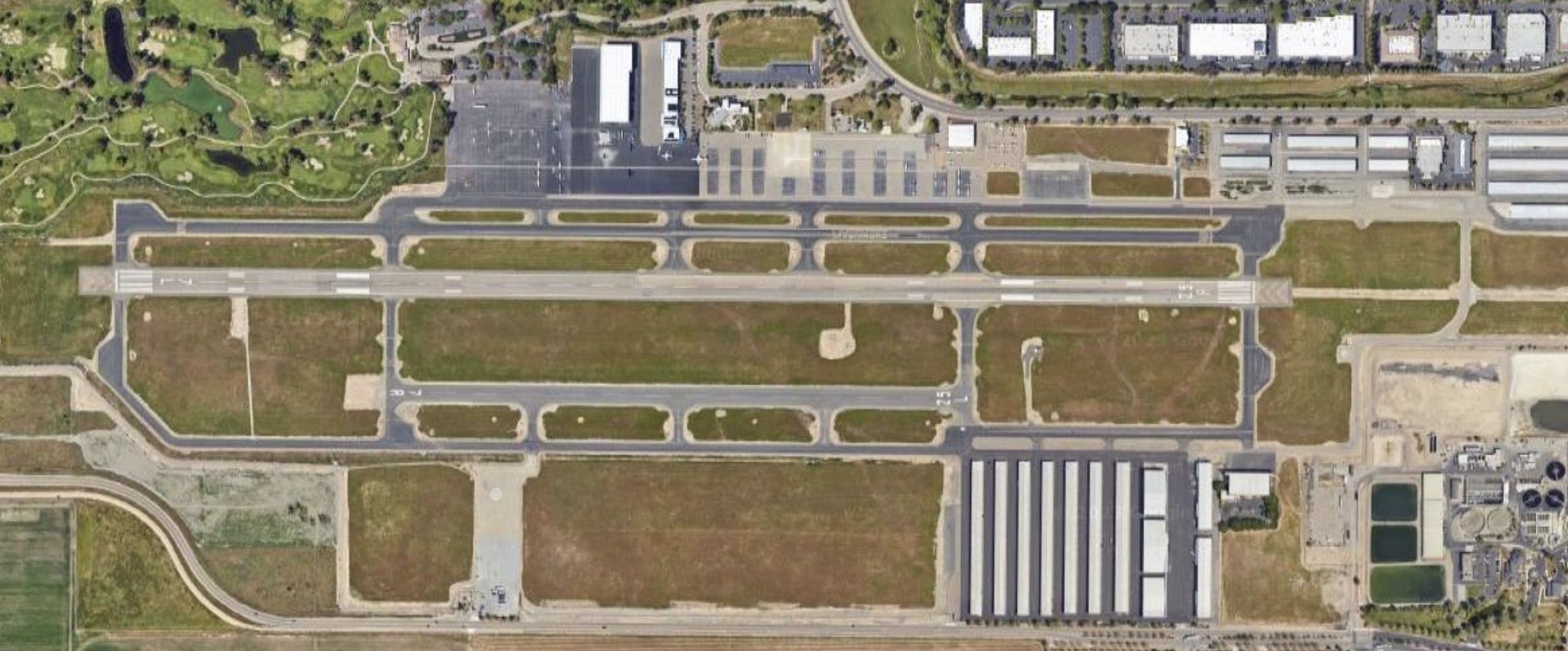Livermore city staff acted unconstitutionally when they refused to process referendum petitions for a vote of the people. This is another major court decision against the City of Livermore. Winning and losing in court is an occasional occurrence for most cities. Comparatively, this may be the most serious illegal activity the City of Livermore has ever accomplished.
We have posted the video of the hearing on our Youtube channel.
This is a developing story which has been reported in The Independent, Livermore Vine, and the SF Chronicle.
The decision states, “Livermore city staff’s Adoption of the challenged resolution was a legislative act subject to the referendum power, because the development agreement at issue approved the construction of and improvements to a new public park. We also conclude that, in approving the development agreement, the City did not act as an administrative agent for the State of California under the statutes dissolving California’s redevelopment agencies, enacted starting in 2011. We direct the superior court to order respondents to process the referendum petition as required by the Elections Code. We also reverse the court’s order requiring plaintiffs to file an undertaking under Code of Civil Procedure section 529.2 as a security for costs and damages due to the action.”.
Here is the full case decision. Published on Findlaw and Justia, and on the Appellate Court page. Notable quote from Judge Chou: “This was a lawsuit that that plaintiffs or petitioners never should have had to file because the city clerk improperly rejected the referendum… this was a lawsuit that frankly, they never should have had to file”
In July of 2022, Livermore residents presented petitions for a referendum to the City Clerk. The goal of the referendum was to allow for a future decision by the Livermore City Council to alter the recently approved plan for a housing project in the downtown. Instead of sending the petitions to the County for a Ballot measure to be created, she held on to them. That was an illegal and unconstitutional action.
(From the Chronicle)
A state appeals court says voters in Livermore can decide the fate of a hotly contested and long-delayed plan to build downtown housing and a public park.
The city designated the land for affordable housing after acquiring it in 2008 and chose Eden Housing as the developer a decade later, with $14.4 million in bond funding from Alameda County and a loan from the state. The planned 130 housing units would be reserved for those earning no more than 60% of the county’s median income. The project also includes retail space and a new park, to be built by the city and named Veterans Park.
Opponents, who then called themselves Save Livermore Downtown, filed suit in 2021, contending the project conflicted with local planning and zoning laws and had failed to conduct a proper environmental review. The courts disagreed, saying the city and the developer had complied with the laws and taken adequate steps to prevent air and water pollution during construction.
Foes of the project then circulated petitions for a referendum to block it, and say they have submitted over 9,700 signatures to the city, 4,000 more than needed to qualify for the ballot. The city refused to process the petitions and said Livermore’s approval had been an administrative action, exempt from referendum, because it had acted as an agent for the state in approving the loan to the developer.
Superior Court Judge Michael Markman agreed, but he was overruled Wednesday by the 1st District Court of Appeal in San Francisco, which ordered the city to verify the signatures and place the referendum on the ballot if it qualified. The court said Livermore’s approval of a park was not contained in the original plan and was a “legislative action” that allowed opponents to seek a referendum on the project.
The plan initially approved by the city “specifies use of the property as high density housing with an affordable component,” Justice Mark Simons wrote in the 3-0 ruling. He said the plan “says nothing about the construction of a public park, and (Livermore officials) are misplaced in arguing the City merely acted as an administrative agent of the State in making the policy decision to do so.”
“In deciding to construct and improve Veterans Park, the City made discretionary policy determinations that were not dictated” by the initial plan, Simons concluded.
If the referendum qualifies, it will likely appear on the November ballot in Livermore, which has about 86,000 residents. If voters were to reject the project, the city and the developer could try to come up with a new affordable housing plan for the property.
The ruling was welcomed by Winston Stromberg, a lawyer for the project’s opponents, now called Move Eden Housing. It means “the Livermore City Council will either have to repeal the resolution (of approval) or put it on the ballot for the voters to decide,” he said.
In a statement from Eden Housing, attorney Andrew Sabey said the ruling was “a testament to how difficult it continues to be to build affordable housing — especially in wealthier parts of the state, where well-funded opposition can afford to hire lawyers to bring relentless legal challenges in an attempt to delay the housing projects so long that they simply fail.”
The developer and the city could appeal the ruling to the state Supreme Court.
Reach Bob Egelko: begelko@sfchronicle.com; Twitter: @BobEgelko

